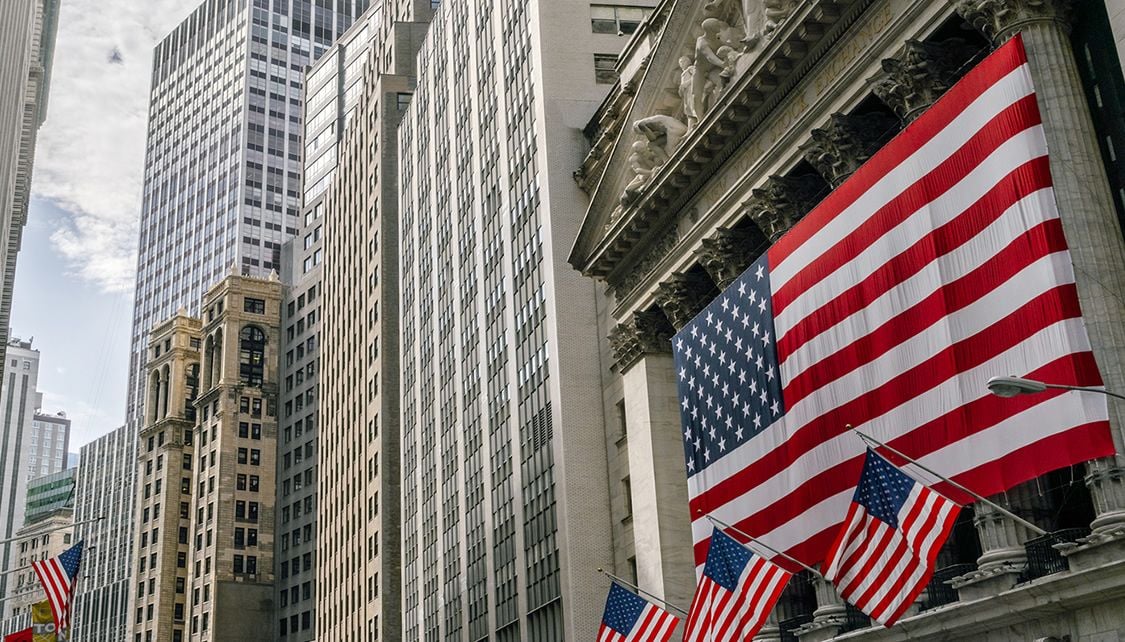US Dollar Sweeps the Board after Retail Sales Surge in May and ECB Blind Sides Markets
-US Dollar erases losses and surges higher on strong retail numbers.
-Headline and core retail sales growth doubles the consensus estimate.
-Data comes as financial markets grapple with ECB and Fed fallout.

© Adobe Stock
The US Dollar reversed earlier losses and headed northward Thursday after Census Bureau data showed retail sales surging higher during May, bolstering an already robust outlook for American economic growth in the second-quarter.
Retail sales in the US surged by 0.8% in May, up from the 0.3% growth seen in April, when markets had been looking for an increase of just 0.4%.
Core retail sales, which exclude large ticket items like cars because of their distortive impact on trends, rose by 0.9% when economists had looked for growth of just 0.5%. This is up from an upwardly-revised 0.4% increase seen back in April.
"US retailers saw stellar sales in May, with the headline number doubling the street's forecast. Revisions to the prior month also lifted the level of sales heading into May," says Katherine Judge, an economist at CIBC Capital Markets. "This supports our view of pickup in consumption over the next couple of quarters, owing to tightening labor markets and fiscal stimulus."
Markets care about the retail data because it is a leading indicator of economic growth and because of the influence that rising or falling consumption can have on inflation. It is inflation that central banks are attempting to contain when they raise interest rates, and rates themselves are the raison d'être for most moves in currency exchange rates.
"US households are back to their free spending ways, with the strength of May’s retail sales figures implying that second-quarter real consumption growth (and GDP growth for that matter) will now be more than 4% annualised," says Paul Ashworth, chief economist at Capital Economics. "With the benefit of the tax cuts, strong employment growth and a slow acceleration in hourly wage growth, consumption growth should remain strong going into the second half of this year."
The US Dollar index was quoted 0.67% higher at 94.16 following the release, after more than reversing an earlier 0.2% loss, with the greenback trading higher against all developed world currencies.
The Pound-to-Dollar rate was 0.47% lower at 1.3316 while the Euro-to-Dollar rate was 1.05% lower at 1.1680, although some of the movement in these exchange rates and the broader Dollar index was also the result of the European Central Bank's latest monetary policy decision.
Thursday's data comes hard on the heels of the latest Federal Reserve monetary policy decision, which had left the US Dollar under water earlier during the London session.
US rate setters raised the Federal Funds rate range to between 1.75% and 2% on Wednesday, from 1.5% to 1.75% before, and added another black mark to the so called "dot plot". The dot plot now shows a majority of Federal Open Market Committee (FOMC) members expect to raise rates two more times in 2018 and three more times in 2019.
Commentary on the so called "neutral rate" from Fed chair Jerome Powell may have been behind the earlier-negative response from markets Thursday, with the newly minted head of the FOMC emphasising to reporters that the Fed would be "data dependent" as monetary policy approaches the "neutral rate zone".
The neutral rate is the peak rate refers to an estimation of the rate at which US monetary policy become neutral, and so having neither a stimulative nor contrationary influence on the US economy. The Fed estimates that the neutral rate - which is notoriously difficult to estimate - is somewhere between 2.3% and 3.5%.
"This approach is motivated in part by the fact that key quantities, including the neutral policy rate and the natural rate of unemployment, remain highly uncertain. This increases the risk for start-stop policy changes in 2019 and beyond as the Fed reacts to near-term risks," says Michael Hanson, global head of macro strategy at TD Securities.
Once the Fed Funds rate reaches this neutral level, or rises above it, conventional thinking dictates that it is only a matter of time before economic growth and inflation slow to the extent where it becomes necessary for the Federal Reserve to start cutting interest rates.
Advertisement
Get up to 5% more foreign exchange by using a specialist provider to get closer to the real market rate and avoid the gaping spreads charged by your bank when providing currency. Learn more here




